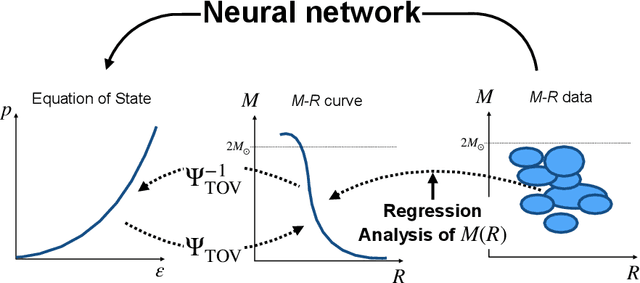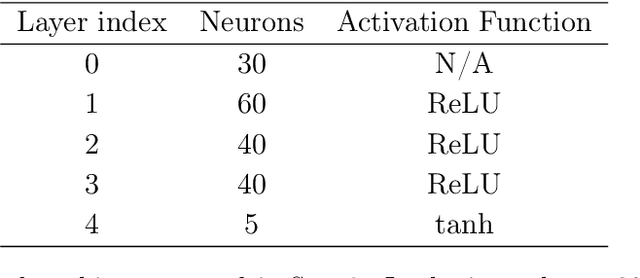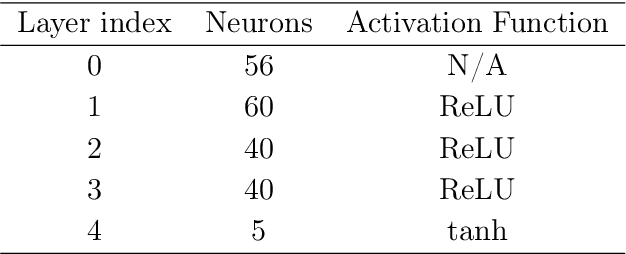Yuki Fujimoto
Extensive Studies of the Neutron Star Equation of State from the Deep Learning Inference with the Observational Data Augmentation
Jan 20, 2021



Abstract:We discuss deep learning inference for the neutron star equation of state (EoS) using the real observational data of the mass and the radius. We make a quantitative comparison between the conventional polynomial regression and the neural network approach for the EoS parametrization. For our deep learning method to incorporate uncertainties in observation, we augment the training data with noise fluctuations corresponding to observational uncertainties. Deduced EoSs can accommodate a weak first-order phase transition, and we make a histogram for likely first-order regions. We also find that our observational data augmentation has a byproduct to tame the overfitting behavior. To check the performance improved by the data augmentation, we set up a toy model as the simplest inference problem to recover a double-peaked function and monitor the validation loss. We conclude that the data augmentation could be a useful technique to evade the overfitting without tuning the neural network architecture such as inserting the dropout.
A Neural Network model with Bidirectional Whitening
Apr 24, 2017



Abstract:We present here a new model and algorithm which performs an efficient Natural gradient descent for Multilayer Perceptrons. Natural gradient descent was originally proposed from a point of view of information geometry, and it performs the steepest descent updates on manifolds in a Riemannian space. In particular, we extend an approach taken by the "Whitened neural networks" model. We make the whitening process not only in feed-forward direction as in the original model, but also in the back-propagation phase. Its efficacy is shown by an application of this "Bidirectional whitened neural networks" model to a handwritten character recognition data (MNIST data).
* 16pages
 Add to Chrome
Add to Chrome Add to Firefox
Add to Firefox Add to Edge
Add to Edge